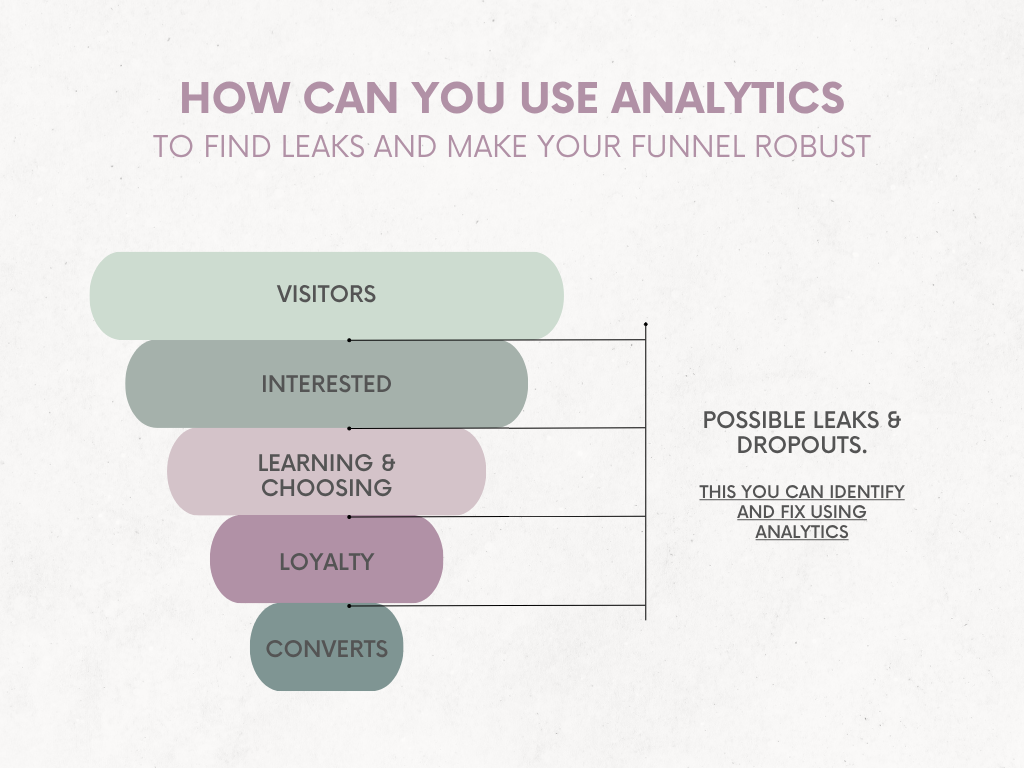Have you ever launched a marketing campaign, poured your budget into it, and then been left wondering, "Did that actually work?" In today's competitive digital world, "gut feelings" are no longer a reliable way to guide your marketing efforts. The most successful and fastest-growing companies are making data-driven decisions, and the key to unlocking this power lies in analytics for marketing. By using analytics for marketing, you can systematically track, measure, and analyze your performance. This crucial process helps you move from guessing to knowing. As a result, you can confidently invest your time, budget, and resources where they will have the greatest and most predictable impact.
What is Analytics for Marketing, Really?
At its core, analytics for marketing is the process of measuring and managing marketing performance to maximize its effectiveness. But it's more than just collecting data; it's about turning that data into actionable insights. In addition, it helps you optimize your return on investment (ROI) for every marketing dollar you spend. In short, it’s the science of understanding what marketing tactics are working, which ones are failing, and most importantly, why. It allows you to answer critical business questions with confidence.

The Undeniable ROI of Marketing Analytics
Integrating analytics into your marketing workflow isn't just a "nice-to-have"; it's a fundamental driver of efficiency and growth. Here’s how:
- Deepen Your Customer Understanding: First, analytics gives you incredible insights into customer behavior. You can see which blog posts they read, how they navigate your website, and which pages they visit before converting. For example, you can discover that customers who watch your demo video are twice as likely to buy, giving you a clear signal to promote that video more heavily.
- Eliminate Wasteful Spending: Second, analytics shows you exactly which channels are delivering the best results. Imagine you're spending money on five different advertising platforms. Analytics might reveal that one platform is generating 80% of your qualified leads. This allows you to reallocate your budget away from the underperforming channels and double down on the one that works, instantly improving your ROI.
- Enhance the Customer Journey: Furthermore, analytics helps you pinpoint friction points where potential customers are dropping off. You can use tools like funnel analysis to see where users abandon the checkout process or the demo request form. You can then run A/B tests on those specific pages—changing headlines, button colors, or form fields—to make targeted improvements that enhance the user experience and boost conversion rates.
- Justify Marketing's Value to Leadership: Finally, with clear data on leads, conversions, and revenue, you can create reports that demonstrate the tangible, bottom-line impact of your marketing efforts. When you can say, "Our content marketing efforts this quarter generated 50 new leads, which resulted in $100,000 in new revenue," you elevate marketing from a cost center to a proven revenue driver.

A Practical Guide to Key Marketing Metrics
While there are hundreds of metrics you could track, focusing on a few key performance indicators (KPIs) will give you the most valuable insights.
- Customer Acquisition Cost (CAC): This tells you, on average, how much it costs to acquire a new paying customer. The formula is simple: Total Marketing & Sales Spend / Number of New Customers Acquired. A low CAC indicates efficient marketing.
- Customer Lifetime Value (LTV): This is the total revenue a single customer is projected to generate for your business over the entire lifetime of their account. A healthy, scalable business model requires your LTV to be significantly higher than your CAC (a common benchmark is an LTV:CAC ratio of 3:1 or higher).
- Conversion Rate: This is the percentage of visitors who take a specific, desired action. This could be a macro-conversion (like making a purchase) or a micro-conversion (like downloading a whitepaper). Tracking conversion rates is key to understanding how persuasive your website is.
- Traffic by Channel: This metric helps you understand where your website visitors are coming from. Common channels include Organic Search (from SEO), Paid Search (PPC ads), Social Media, Direct (typing your URL), and Referral (links from other sites). This data is crucial for focusing your efforts.
At Design Infuse, our Tech Studio ensures that your analytics are configured for success from day one. We provide clear, actionable data and custom dashboards that help you drive your business forward with confidence. For more information on getting started with data collection, you can explore this official guide from Google Analytics.
